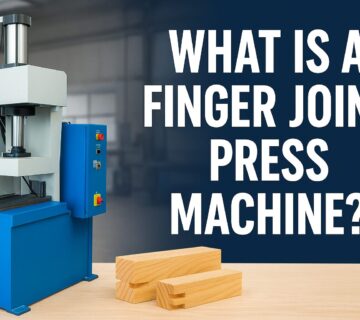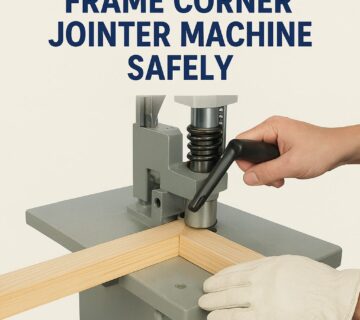Precision in Woodworking: Unveiling the Art of the Rebating Machine
In the world of woodworking, precision is paramount, and the rebating machine emerges as a silent craftsman’s tool, enabling intricate joinery and flawless edge work. In this blog post, we’ll embark on a journey into the realm of rebating machines, exploring their design, capabilities, and the artistry they bring to the woodworking process.
Section 1: A Closer Look at Rebating Machines Rebating machines, also known as rabbeting machines, are the unsung heroes in the woodworking shop. These specialized tools are designed to cut precise channels or recesses along the edge or face of a workpiece, allowing for seamless joinery and the creation of intricate woodworking designs.
1.1 Precision Cutting Mechanism: At the heart of a rebating machine lies a precision cutting mechanism. Whether it’s creating rebates, dadoes, or rabbets, these machines excel at making accurate and clean cuts, ensuring a perfect fit for joints and enhancing the overall quality of woodworking projects.
1.2 Versatility in Applications: One of the key features of rebating machines is their versatility. Woodworkers can adjust the depth, width, and angle of the cut, making these machines suitable for a wide range of applications. From crafting snug-fitting joints to creating decorative edges, rebating machines are indispensable in the workshop.
Section 2: The Role of Rebating Machines in Woodworking Now that we understand the mechanics of rebating machines, let’s explore the crucial role they play in various woodworking applications.
2.1 Joinery Excellence: Rebating machines excel in joinery applications, allowing woodworkers to create precise and strong joints. Whether it’s a simple butt joint or a more complex lap joint, the accuracy of the cuts made by rebating machines ensures a snug fit, enhancing the structural integrity of the finished piece.
2.2 Edge Profiling and Decorative Work: Beyond joinery, rebating machines shine in edge profiling and decorative work. Woodworkers can use these machines to add intricate details and profiles to the edges of furniture, molding, and other wooden elements. This versatility opens up a world of design possibilities, elevating the aesthetics of woodworking projects.
Section 3: Advancements in Rebating Machine Technology As technology continues to evolve, so do woodworking tools. In this section, we’ll explore some of the latest advancements in rebating machine technology.
3.1 Computer Numerical Control (CNC) Integration: Modern rebating machines often feature CNC integration, allowing for computer-aided precision and automation. This technology enables woodworkers to program intricate designs and execute them with unparalleled accuracy, reducing the margin for error.
3.2 Dust Extraction Systems: In response to environmental and safety concerns, many rebating machines now come equipped with advanced dust extraction systems. These systems efficiently capture and remove wood dust, providing a cleaner and healthier working environment for woodworkers.


No comment